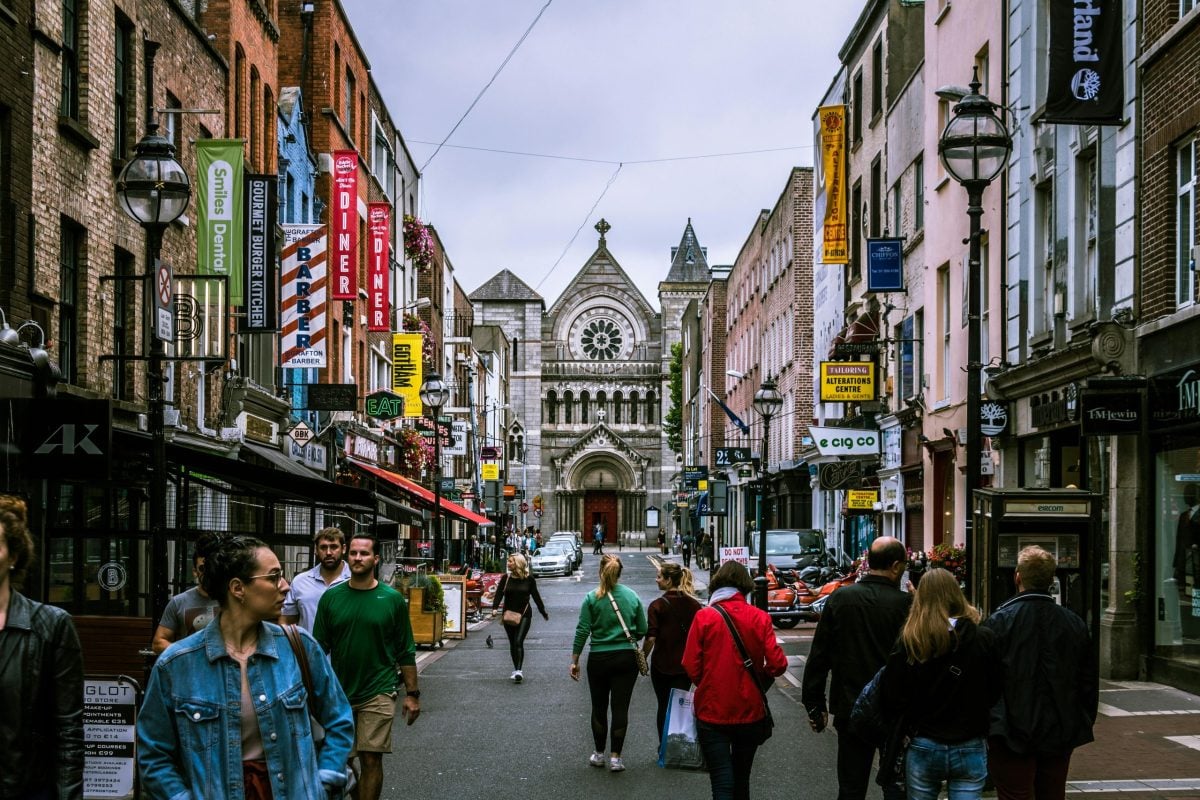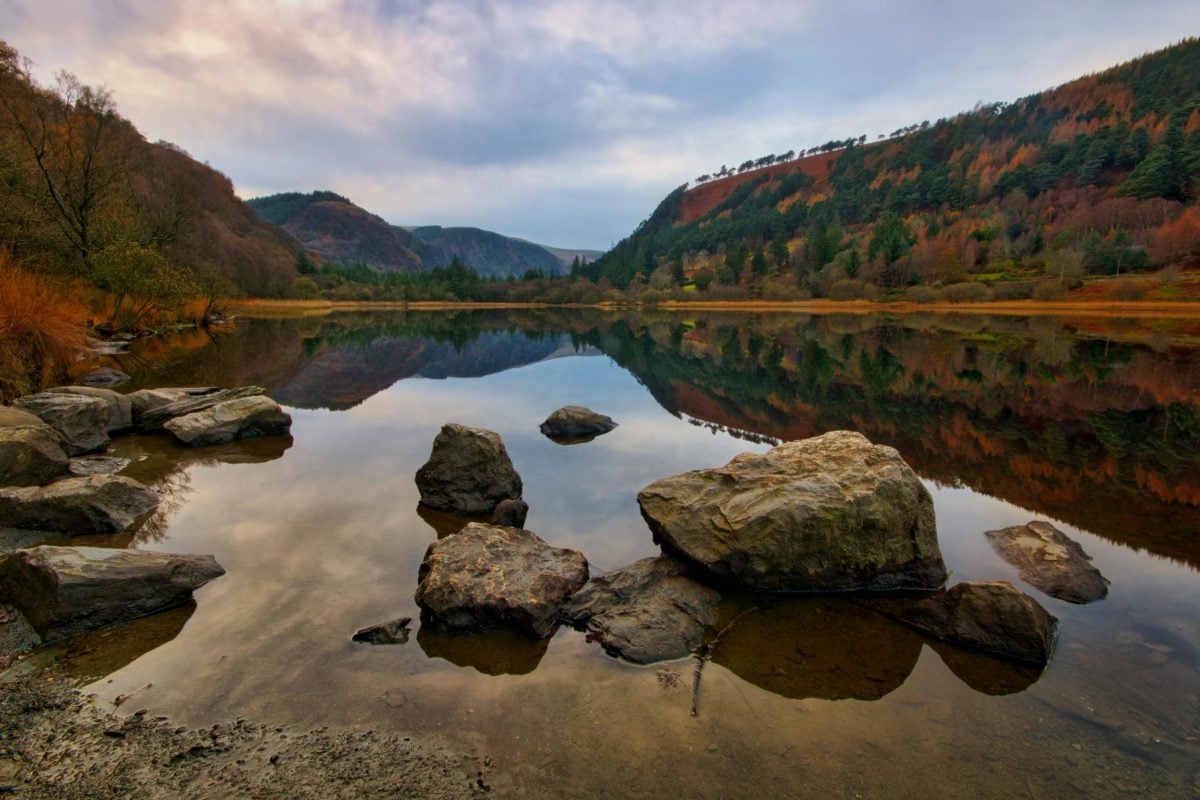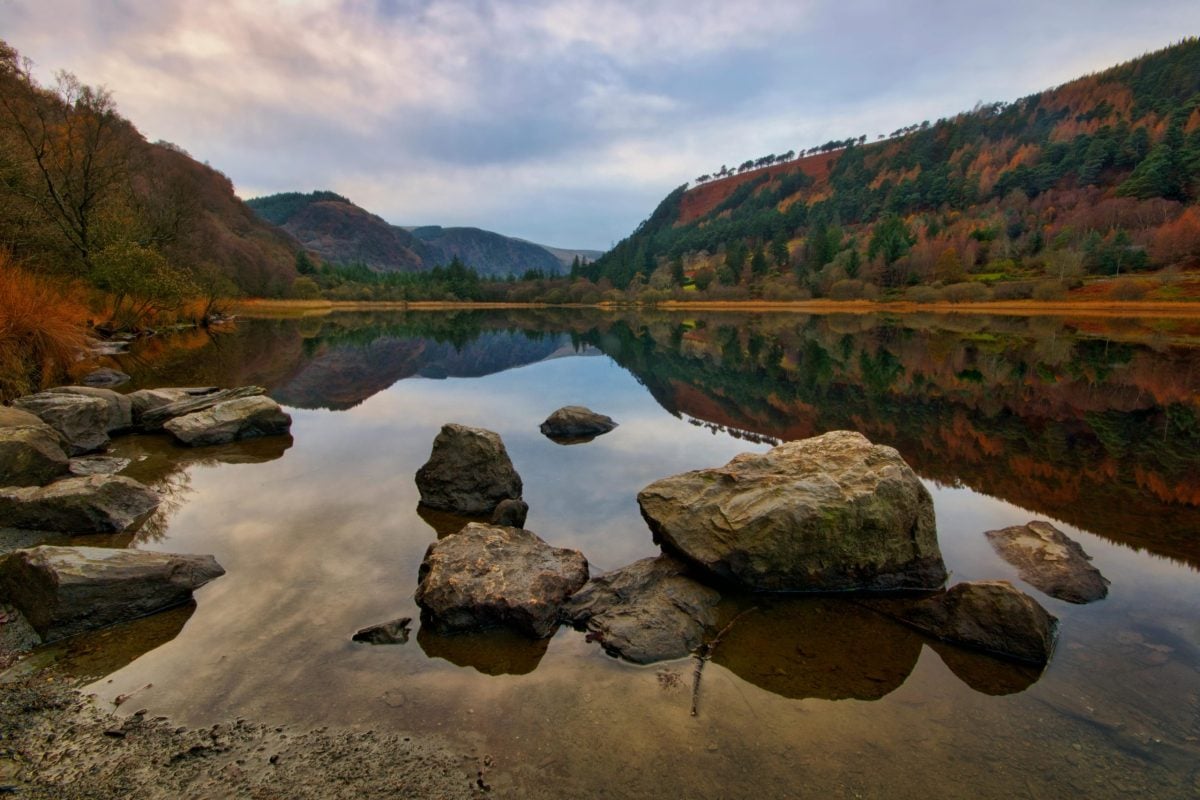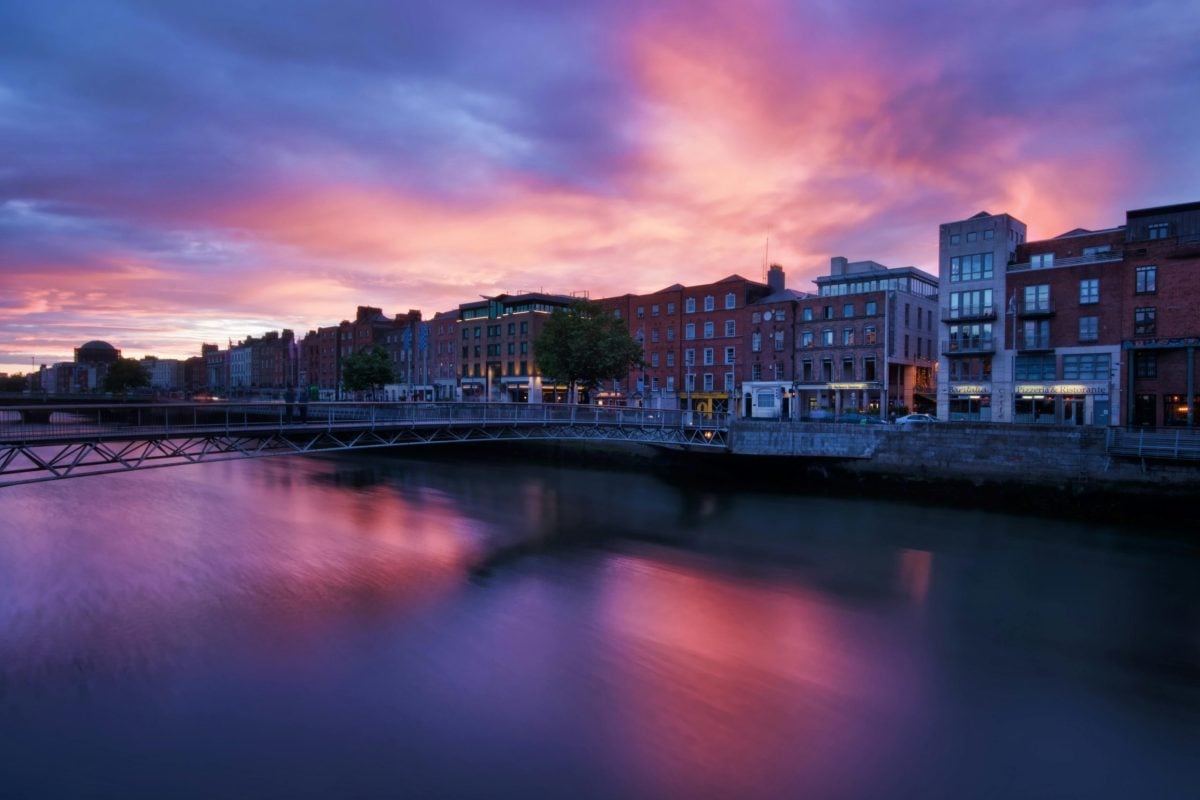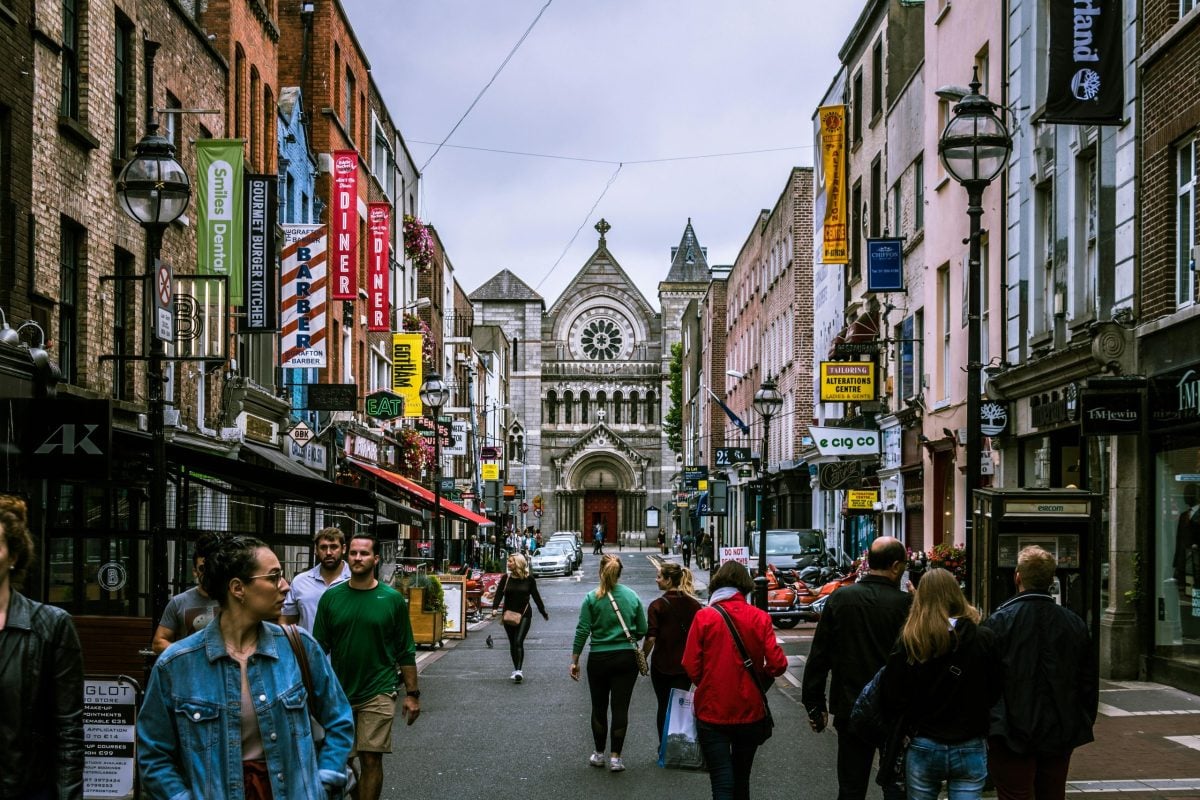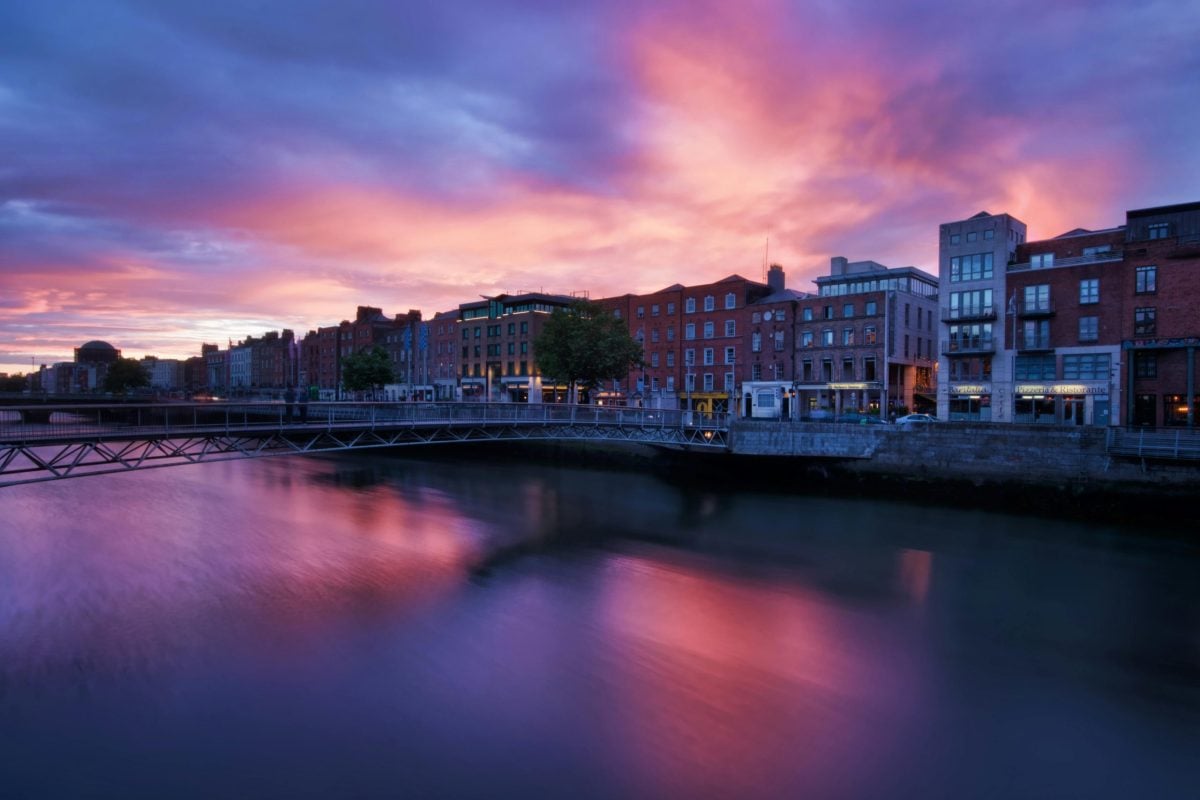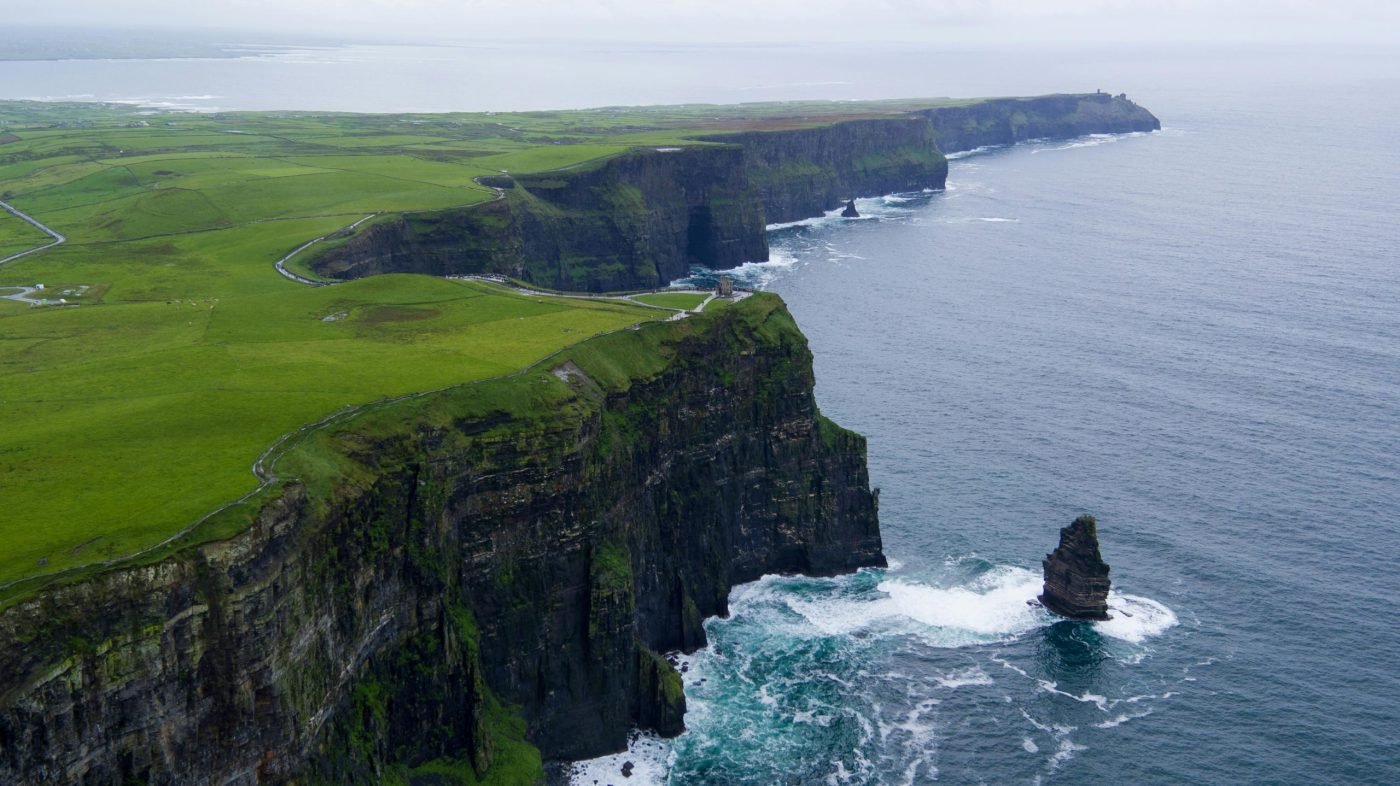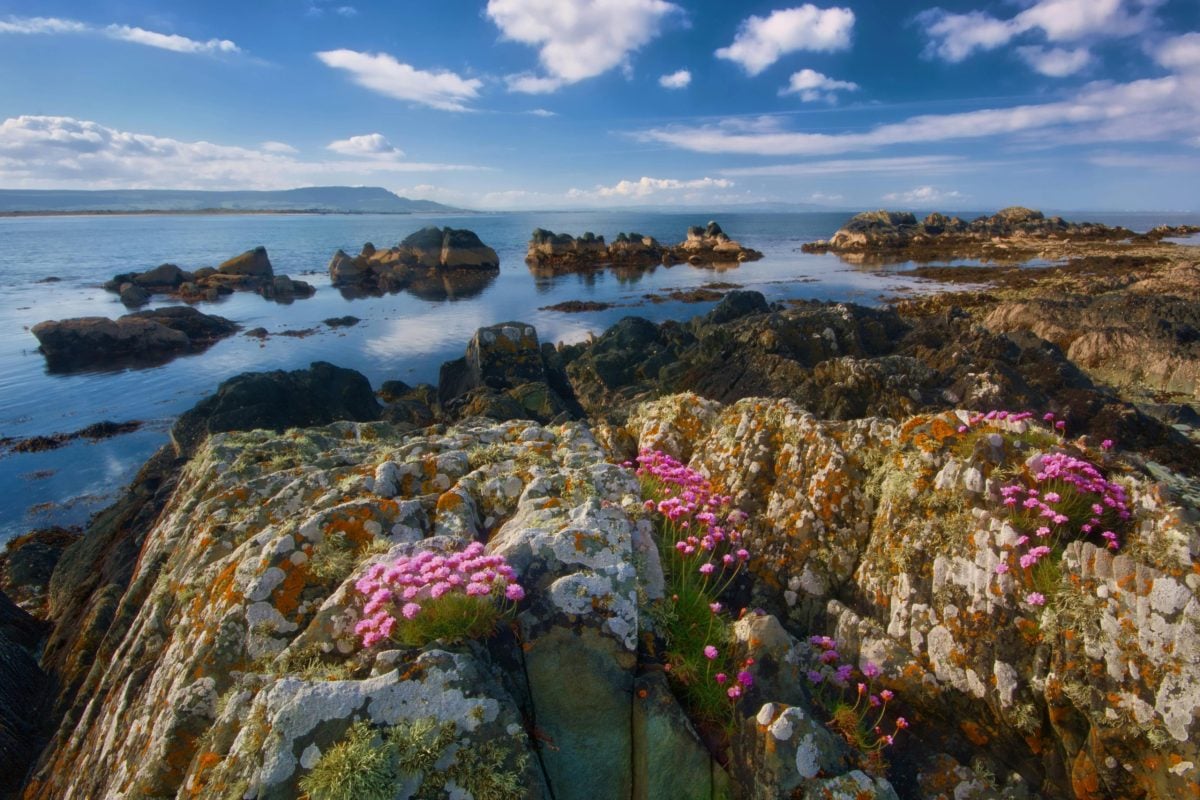How a Forgotten Mother’s Love Laid Bare the Scandals of the Magdalene Laundries
Estimated reading time: 7 minutes
Key Takeaways
- A mother’s love can defy the darkest of histories.
- Countless women endured unimaginable hardships in the Magdalene Laundries.
- Collective remembrance can ignite change and healing.
Table of Contents
Introduction
A Mother’s Fight in County Clare
The Wider Echo of Grief and Resistance
The Now & The Next: A Legacy of Defiance
Did You Know?
FAQs
Final Word
Introduction
Under the weight of silence and shame, a mother’s love often flickers amidst the despair. This tale is an unearthing, a rebellion against the darkness that cloaked the sorrows of countless women intertwined with the buzz of the laundry wheels in the Magdalene Laundries. Here, we dive back into the heart of Ireland, where the cries and stories of these resilient mothers still echo, revealing the unspeakable tribulations that the Magdalene women endured.
A Mother’s Fight in County Clare
Take Mary McGowan, an ordinary woman from County Clare, who in the 1990s unearthed the tragic history of the Magdalene Laundries. When Mary learned that her own mother had spent time in one of these institutions, the heartache was as palpable as the stories that began to surface. Thousands of women, branded as fallen, were banished to laundries — prisons disguised as sanctuaries where they toiled endlessly and lived in subjugation. Estimations suggest up to 30,000 women were impacted, their lives stolen under the guise of moral rectitude.
Mary’s journey became a personal crusade. With tenacity, she sought to shine a light on those who had been silenced for too long. Through her efforts, the stories of the laundries’ inmates, including the abuse and neglect they faced, began to flow like the rivers of County Clare — speaking, at last, of the shame and guilt that hung heavy over a nation.
The Wider Echo of Grief and Resistance
The revelations stirred the collective conscience of Ireland, slowly pushing against the petrified stone of institutional silence. Survivor accounts emerged, fueled by mothers like Mary who chose love and remembrance over ignorance. One survivor, who once labored in these laundries, recalled, “We were like ghosts, existing, not living.” The scars of these women painted a broader history that had rippled across generations, revealing Ireland’s need to confront its past rather than bury it beneath the layers of its own shame.
In 2013, Ireland embarked on a journey of acknowledgment. The government opened inquiries, leading to the publication of the McAleese Report, which laid bare the systemic failings and horrors that took place behind the laundry’s closed doors. Mary, alongside other advocates, had rallied for a change, igniting conversations about justice and healing that were decades past due.
The Now & The Next: A Legacy of Defiance
Today, as Ireland navigates a complex landscape of equality and justice, the legacy of the laundries remains vital in discussions around women’s rights and institutional accountability. We live in a time where healing is possible, but only if we embrace the truth. As young Irish women continue to challenge societal norms and fight for their rights, they carry the spirit of those mothers who suffered in silence. Mary’s tireless advocacy serves as a reminder that love can ignite change, transforming sorrow into strength.
The scars still linger, yet the voices are louder than ever. Each story unveiled may one day serve as a beacon for the next generation, guiding them through the tumult as they strive for a society that values truth and dignity. The future is intertwined with the past, each step connecting the present to a mother’s love that simply refused to be forgotten.
Did You Know?
- The last Magdalene Laundry closed its doors in 1996, marking a dark chapter in Irish society that lasted over a century.
- The McAleese Report estimated there were over 10,000 women detained in laundries from 1922 to 1996, many of whom were subjected to harsh labor and emotional neglect.
FAQs
What were the Magdalene Laundries?
The Magdalene Laundries were institutions run by Catholic religious orders in Ireland, where women considered ‘fallen’ would live and work, often against their will. The conditions were harsh, and many women reported physical and emotional abuse.
How did the Magdalene Laundries come to public attention?
The laundries gained renewed attention in the late 1990s through media reports and the advocacy of survivors, revealing the long-hidden stories of neglect and abuse that haunted many families across Ireland.
Final Word
As we raise our glasses in memory of those who suffered, let us heed the lessons of Mary McGowan’s undying love and fervid fight for justice. May their stories ripple through generations and ignite the flame of compassion and truth.
If you carry the same pride we do, you’ll find a piece of home waiting at
HubIrish.com.



